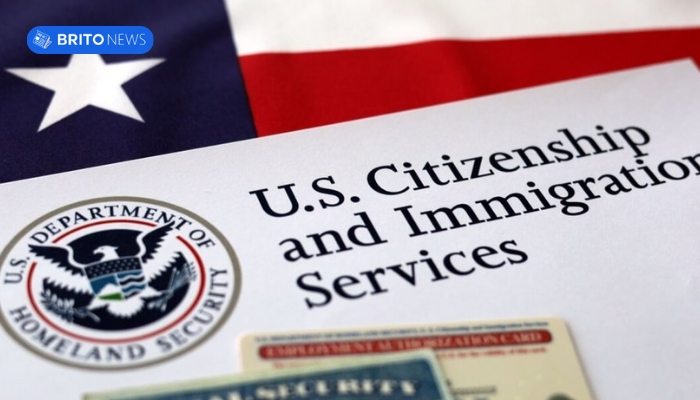Immigration Fee Exemption: See Who Can Apply in 2025
Immigration fees in the United States can pose a real obstacle for many immigrants seeking to regularize their status in the country. Processes such as applying for citizenship, renewing a green card, or applying for a work visa involve high costs, which often weigh heavily on family budgets.
In 2025, the US Citizenship and Immigration Services (USCIS) will continue with programs that allow for the waiver of payment of so-called US citizenship and immigration services fees , provided that the applicant proves low income, a vulnerable situation or is participating in social programs.
If you’re planning to apply for an immigration benefit or know someone who does, understanding how the exemption works can make all the difference. Below, we explain who can apply, which forms to use, and how to increase your chances of having the fees legally waived in 2020.
Which processes can be exempt from fees?
Who can apply for the “Fee Waiver”
Knowing who can apply for a fee waiver from USCIS is crucial for immigrants facing significant financial hardship. Your application may be approved if you can demonstrate that your total household income is up to 150% of the Federal Poverty Guidelines , if you are receiving income-based public benefits (such as SNAP, SSI, or Medicaid), or if you are experiencing extreme financial hardship . These criteria are essential to justifying a legal fee waiver.

Who can apply for the Fee Waiver:
- Applicants with family incomes at or below 150% of the federal poverty guidelines.
- Individuals or families receiving means-tested public benefits.
- Individuals facing significant financial hardship, such as unemployment, high medical expenses, or social vulnerability.
- Direct dependents who reside in the same household and use family benefits.
- Applicants for eligible forms such as Form N-400 (naturalization) and Form I-485 (adjustment of status) .
If you fit one of these profiles, it’s worth applying for a Fee Waiver and reducing or eliminating the high costs of processes like citizenship or work visas. Proper preparation and submitting the right documentation can open real doors to your regularization in the US without compromising your budget.
Documents required by USCIS
To request a fee waiver from USCIS , it’s essential to submit documents that clearly and accurately demonstrate your eligibility. Key documents include proof of income, tax returns, social benefits approval letters, and specific forms for the requested process. Failure to submit or missing these documents may result in immediate rejection of your application.
Additionally, Form I-912 (Request for Fee Waiver) must be completed accurately and accompanied by updated documents proving the adverse financial situation.
If you are requesting an exemption for processes such as naturalization or US work visa costs , you will also need to attach the corresponding form to the main process.
How to Submit Form I-912 Correctly
The most recent version of the form (effective April 2024) must be accurately completed, signed, and dated, and included with your main application (such as Form N-400 or I-485 ), along with any documentation proving your eligibility. Incorrect or incomplete submissions may result in automatic application rejection.
Step-by-step guide to correctly submit Form I-912:
- Download the current version of Form I-912 and carefully read the official USCIS instructions.
- Please fill out all sections clearly, use black/dark blue ink, and do not leave any fields incomplete.
- Attach documents proving income, public benefits, or financial hardship, as required.
- Sign and date the form in the indicated sections and check that all pages are from the same edition.
- Mail Form I-912 along with the main form to the correct address as instructed in the process.
Following these steps carefully and responsibly is essential to avoid delays, denials, or process failures. A well-written application not only increases your chances of approval but also demonstrates commitment and seriousness toward the U.S. immigration system.
Difference between full exemption and partial reduction of immigration fees
Average cost of processes like US work visa cost and how to reduce it
The average cost of processes like the US work visa can range from $460 to over $1,500, depending on the type of visa, eligibility category, and additional fees required by the employer or attorney. This amount can be even higher when added to US citizenship attorney fees , which often exceed $2,000. Therefore, seeking strategies to reduce these costs has become a necessity for many immigrants wishing to work legally in the US.
Viable options include requesting a fee waiver for partial exemption, applying through national interest programs, and using advisors that offer affordable rates and installment plans. Furthermore, understanding the US citizenship and immigration services fees in detail helps avoid unnecessary or duplicate charges. Proper document preparation can reduce reliance on legal counsel and ensure significant savings during the process.

Deixe um comentário